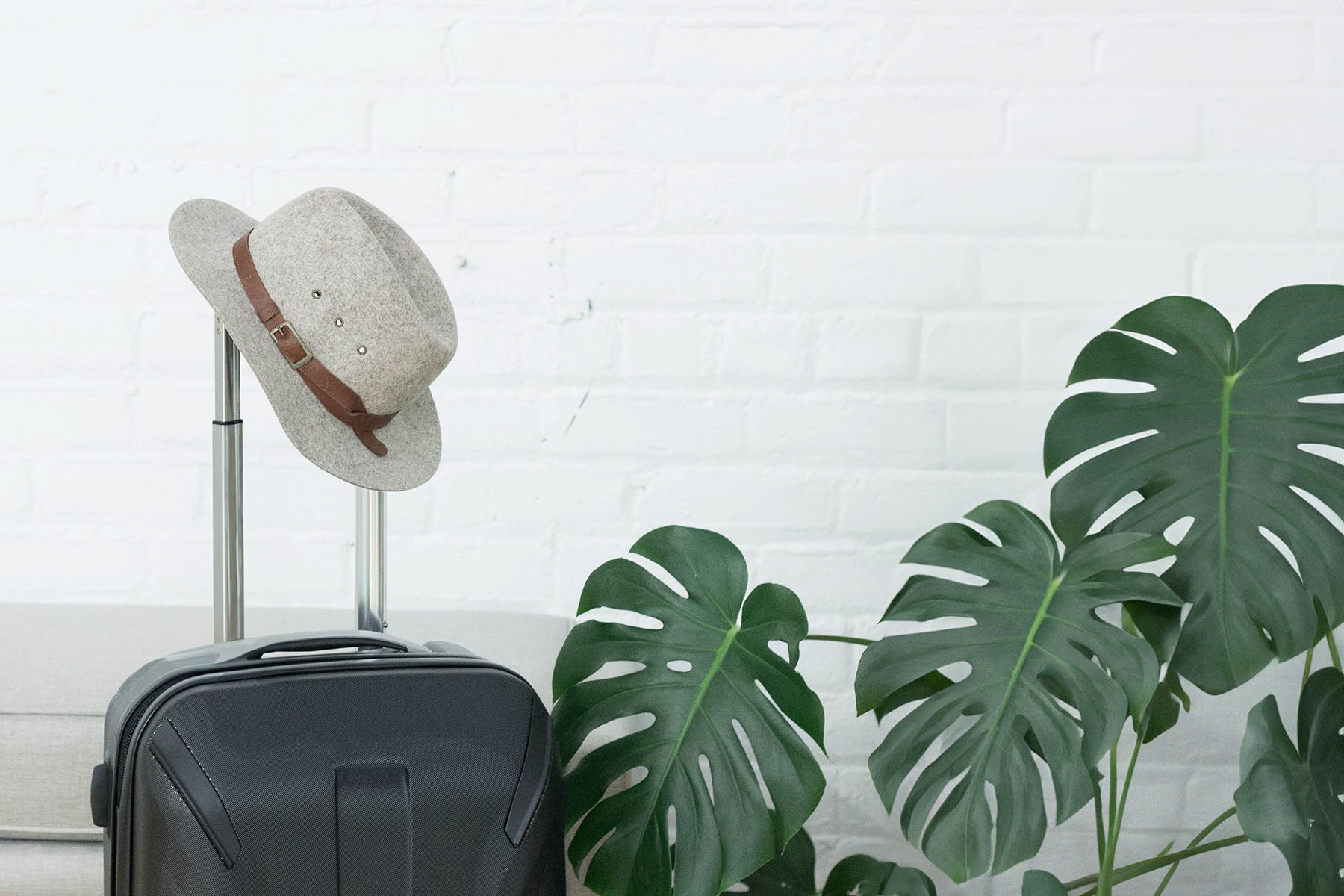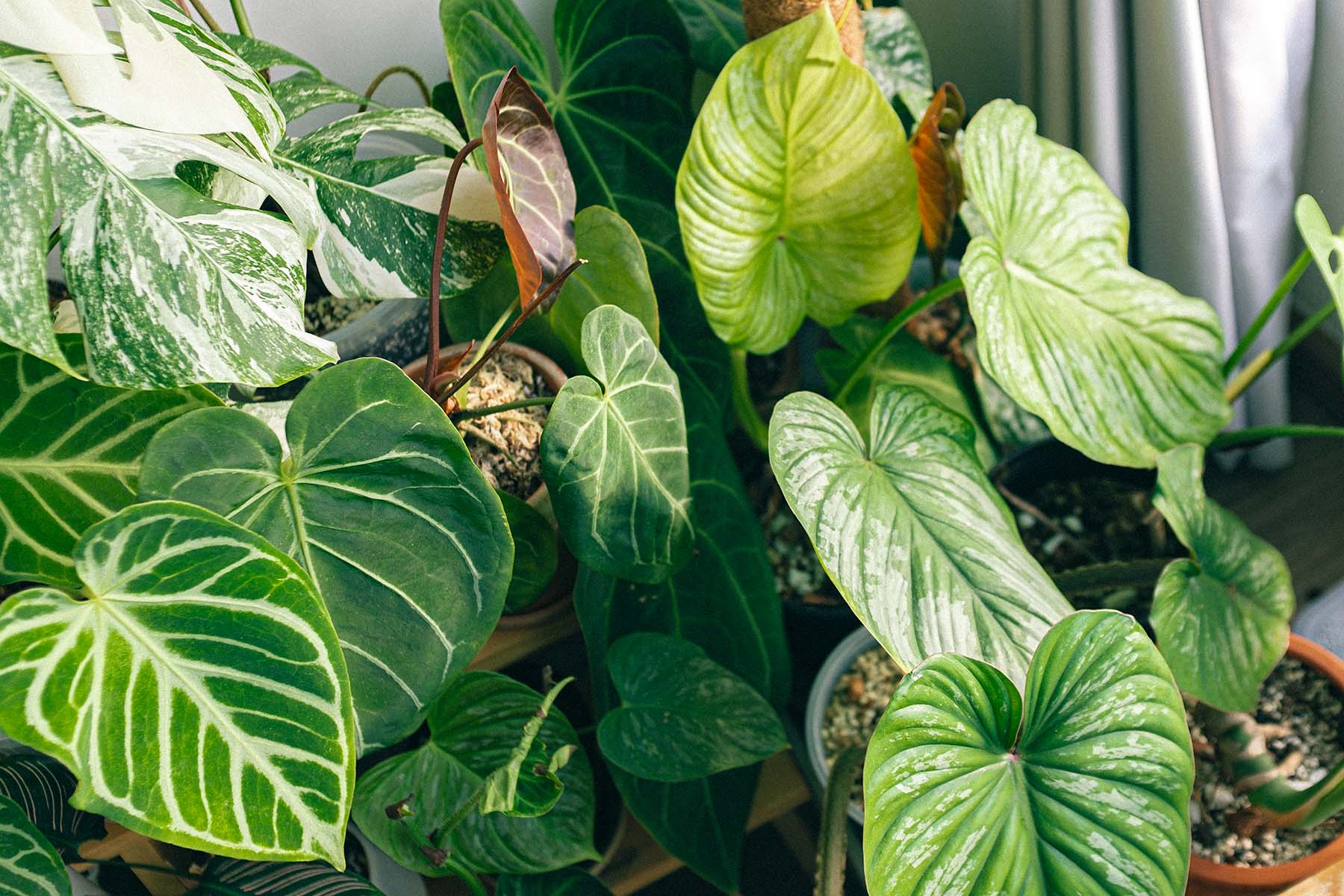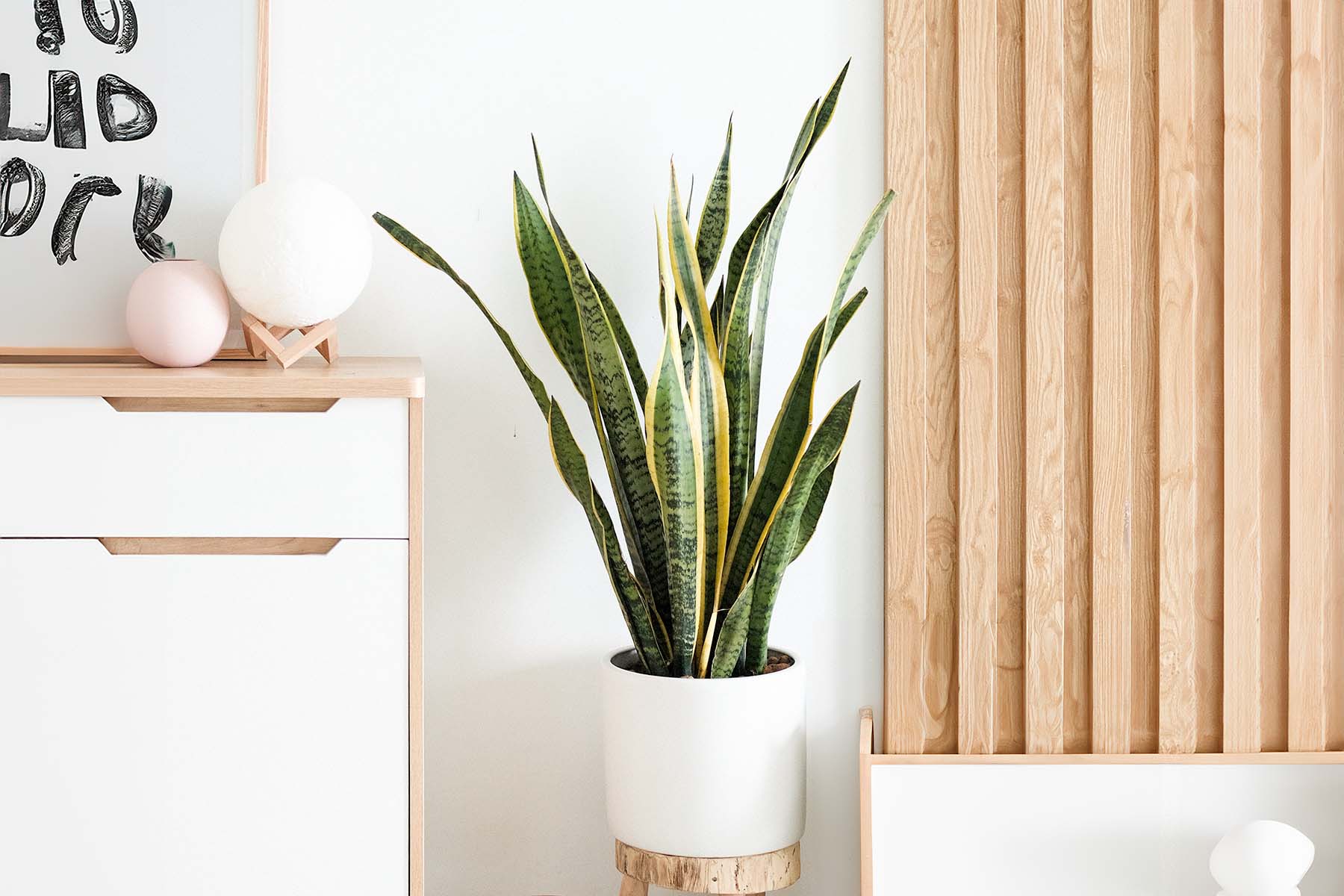
Holiday Plant Care Tips: How to Care for Your Plants When You Are Away
So you want to go on vacation but you're worried about leaving your precious houseplants at home for the duration of your trip? Well, don't you worry because we've got you covered! It is quite possible to travel for certain periods of time if you have houseplants, there are just a few things that will have to be adjusted and preparation work that will have to be done beforehand. It will also depend on the duration of the trip as plants will always need maintenance at some point, especially if you are gone for over 2-3 weeks at a time. Regardless, we will outline the best ways to care for your plants while you are away as there are quite a few options to consider.
As with all plant care, it is not one size fits all. Each home environment is different from the next when it comes to light levels, humidity, temperature, and watering needs. So, when you are considering whether to apply a certain tip to your plants, check out the Plant Care portion of our website as we have lots of plant-specific care guides as well as general care articles, such as The Ultimate Houseplant Lighting Guide, Plant Watering Explained: How and When to Water Your Plants, and many, many more. It is important to know exactly what your plants need to stay healthy and happy before applying the following recommendations, these are general guidelines to follow if you are unsure of how to care for your plants when you go away.
Now, let's get to those tips and tricks! The following information is a list of some steps you could follow, or implement, to make sure your plants are still loving life when you arrive back home from your getaway:
1. Check the Weather:
Before going away, no matter how long you are gone, make sure to look at your local weather forecast to see what it will be like for the duration of your trip. This is important because, if it is going to be very sunny and bright, you may want to move any plants that are close to a window back a few feet so that they get a little bit less light. You don't want to move them into low light, because this can shock a plant, but you may want to slightly minimize how much light they will be receiving so that they don't use up the moisture in their soil rapidly.
⛅
Keep in mind that the time of year will affect this tip (and the majority of the tips) because the shorter, and typically darker, days of the fall and winter months will mean lower light levels already. Moving your plant from very bright light is more important during the summer months as that is when plants are thirstiest and will typically need to be watered more often.
2. Watering:
The best time to water your plants is right before you leave, either the day before or the day of. Try to time the previous watering so that you aren't watering plants that already have moist soil, which can potentially result in a case of overwatering. To make it even better, water your plants in the shower so that you can wash off any dust buildup and bump up the initial humidity through the moisture evaporating off of the leaves!
3. Self-Watering Planters:
Although they can be quite expensive, investing in a self-watering planter can allow your plant to access water from the reservoir for longer periods of time without having to be watered. The important thing to note with this type of pot is that it only works after the plant has established roots that reach down to the reservoir. Until that point, your plant will have to be watered since the roots won't be at that level.
4. DIY Wicking System:
For those plants that need a little more moisture, or for plants that are using up the moisture in their soil rapidly due to the growing season, create a wick! What you will need is a container for water, a cotton or natural fibre rope, and your plant(s). For each plant that you wish to water this way, cut a section of rope long enough to be buried 2-3 inches into the soil and touch the base of the water container - putting a small weight on the end that sits in water will ensure it stays on the bottom. Make sure to fill up the water container and only use this method on plants that need a little more moisture.
🧵
The irrigation system can be set up so that the plant is sitting in its pot in a container that has a water level that doesn't touch the base of the pot (with the wick coming out of the base of the nursery pot or coming into the top of the pot), next to a separate container of water, or at a level below a container of water
5. Humidity Levels:
Just because you may be heading on a tropical vacation doesn't mean you can forget about the tropical plants right in your own home! Most houseplants love humidity and it is important to not forget about this when you go away. Bump up the humidity levels in your home by grouping plants together that have similar needs, by placing your potted plants on trays of pebbles that are just covered in water, or by keeping your plants in a mini greenhouse.
🌫️
If you are gone for longer than 10 days, it would be wise to not keep your plants in a mini greenhouse because there will be little air movement with no one to open up the greenhouse and allow for air circulation. Even though some plants love humidity, they also need air circulation to avoid a buildup of excess moisture or fungus.
6. Temperature:
If you are going away during the winter, turn the thermostat in your home down to about 18 C to keep the house a little on the cooler side. The hot, dry air of our central heating here in Canada tends to dry out the soil of indoor plants quicker than when the temperatures were slightly lower.
7. Plant Sitter:
If all else fails and you have no other choice (or are a little concerned), ask a friend, family member, or neighbour to check in on your plants and water them! All you have to do is prepare a list of which plants need to be watered when and then they can do all the work for you. You can find all the info you need from our plant care library. This way, someone will still be keeping an eye on your houseplants while you are away.
Special Mention:
Some plants will be perfectly fine if they are left as they are for a few weeks, or even up to a month. This obviously depends on the size of the pot and your indoor conditions, as well as the time of year, but some examples of plants that can handle this would be ZZ Plants, Snake Plants, Succulents, Hoyas, and some Palm varieties, such as the Sago Palm or Ponytail Palm.
Leaving your plants may seem like an impossible task, especially if are an avid houseplant collector, but it is, in fact, possible to do so. To alleviate any stress that you may have about the situation, choose whichever of the above methods would work for you and enjoy your trip! The majority of plants will do just fine while you are away because overwatering is often the biggest concern when it comes to most problems with houseplants. It would certainly be hard to overwater when you are away for two weeks, or longer. Don't worry, your plant babies will still be there for you when you return, they may even push out some new growth to surprise you!
FAQs
How often should I water my plants before leaving on vacation?
Water your plants thoroughly just before your departure to ensure they have enough moisture to last while you're away. Avoid overwatering by checking the soil's moisture level beforehand.
Can I leave my plants in a mini greenhouse during vacation?
It's not recommended for vacations longer than 10 days as it restricts air circulation. Proper airflow is crucial to prevent moisture buildup and fungal issues.
What plants are best suited for extended vacations?
Plants like ZZ Plants, Snake Plants, Succulents, Hoyas, and some Palm varieties, such as the Sago Palm or Ponytail Palm, can handle longer periods without watering due to their resilience and water storage capabilities.
How do I prevent pests while I'm away?
Before leaving, inspect your plants for any signs of pests. Consider using natural pest repellents like neem oil or insecticidal soap. You can also quarantine new plants to prevent introducing pests into your home environment.
Should I prune my plants before going on vacation?
It's a good idea to prune any dead or damaged leaves before leaving to promote healthy growth. Avoid major pruning or repotting, as plants may need time to recover from such stress.
Can I use fertilizers before leaving on vacation?
It's best to avoid fertilizing your plants right before leaving, as it can encourage rapid growth and increase watering needs. Instead, apply fertilizer a few weeks before your departure or wait until you return.






